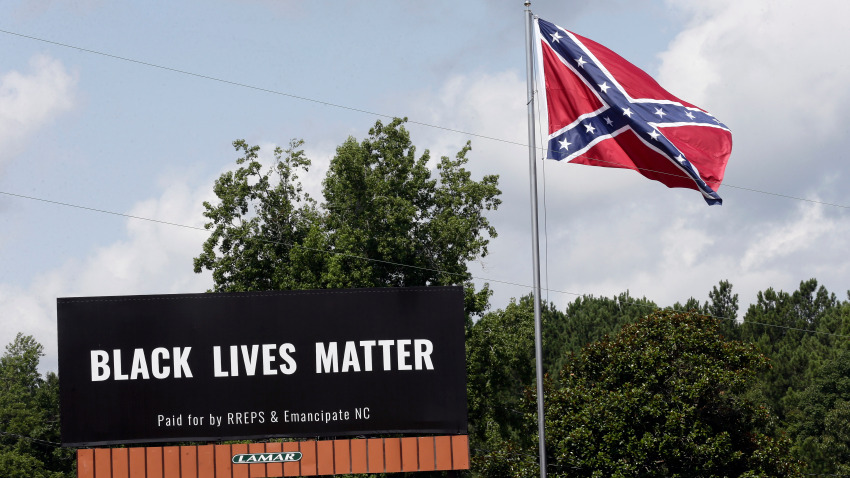
America's Problem with Race: An In-depth Look at Racism and the Civil Rights Movement in America
This took a long time to write. I wanted this article to be as unbiased as possible and to appropriately and correctly explain and represent the views of the groups involved in the recent events.
“On Memorial Day, the police in Minneapolis killed George Floyd, a 46-year-old black man.” writes the New York Times. “The killing has...prompted renewed calls to address brutality, racial disparities and impunity in American policing....”. But the story doesn’t begin there. And it certainly doesn’t end there either. Calls for social and political change have prompted a push for reform and overhaul of law enforcement. However, it is impossible to discuss proper reform of policing and law enforcement in the United States as a whole without properly discussing the prominent issues surrounding the discussion. Some believe that the response from activist groups such as Black Lives Matter and their ever-increasing following are disproportionate to recent events. Others believe that prominent supporters of the Black Lives Matter movement aren’t going far enough. But where does all this tension come from? And how will all this affect us in the future?
What is Systemic Racism?
The United States has had a long and terrible history with racism and racial inequality. In his book, “Racist America: Roots, Current Realities, and Future Reparations” sociologist Joe Feagin states that systemic racism is a popular way of explaining, within the social sciences and humanities, the significance of race and racism both historically and in today's world. Feagin claims that the United States was founded in racism since the Constitution classified black people as the property of whites. Feagin illustrates that the legal recognition of racialized slavery is a cornerstone of a racist social system in which resources and rights were and are unjustly given to white people and unjustly denied to people of color. In summation, the theory of systemic racism accounts for individual, institutional, and structural forms of racism.
The History of Black Lives Matter and The Civil Rights Movement
Today, Black Lives Matter is a phrase that no longer simply refers to the activist organization, but is used to refer to the greater civil rights movement as a whole. Because of recent events, people conjoin the two as simply “The Black Lives Matter Movement”. However, it is also important to consider that Black Lives Matter (the organization) and the greater Civil Rights movement have separate histories.
The Civil Rights Movement began in the 1940s after the World War II, with the National Association for the Advancement of Colored People (NAACP) began by fighting against segregation, discrimination in public recreational facilities, and restrictive covenants in transportation and housing. In 1954, the US Supreme Court made a historic ruling, outlawing segregation in the public school system. This caused backlash from racist groups of white Southern citizens, who used economic pressure, legal maneuvers and violence to strike against the Civil Rights Movement.
It would be impossible to discuss the Civil Rights Movement without mentioning Martin Luther King Jr… He organized the 1955-1956 bus boycott in Montgomery, Alabama. It was a peaceful protest brought on by Rosa Parks’ arrest after she refused to give up her seat to a white passenger on a segregated bus. In 1956, the Supreme Court ruled segregation of public transport unconstitutional. King would later go on to leave several successful sit-ins and marches in Birmingham, Alabama, and Washington, D.C. He won the Nobel Peace Prize in 1964 at the age of 35 and gave all his prize money to the Civil Rights Movement. The activist Malcolm X founded the Organization of Afro-American Unity in the early 1960s, pushing a less than peaceful message of Black Power. He was assassinated in 1965. Just three years later, Martin Luther King Jr. would die in the same way. Even after their deaths, their message continues to resonate with people around the world, and this inspired many to form their own organizations to fight injustice wherever it may occur.
The Black Lives Matter Foundation was formed by Alicia Garza, Patrisse Cullors, and Opal Tometi in response to the killing of 17-year old Trayvon Martin. According to the organization’s website, their mission is to “eradicate white supremacy and build local power to intervene in violence inflicted on Black communities by the state and vigilantes.” Black Lives Matter also actively advocates for Black innovation and pushes for greater amounts of Black representation in politics and culture. Their focus also includes women and a portion of the LGBTQ+ community, who may not have organizations available to represent them. The Black Lives Matter Foundation does not have a central structure of a hierarchy and instead works through local chapters with individual leadership. The organizations regularly organize protests to speak out against issues such as inequality, racial profiling, police brutality, and the killing of blacks. It is also important to note that Black Lives Matter activists tend to fall on the more radical side of social change. For example, One of Black Lives Matter’s staple chants is “no justice, no peace”, and after the acquittal and total exoneration of police officer Darren Wilson, 300 Black Lives Matter activists were arrested after protests turned violent and multiple fires broke out in the city of Ferguson, Missouri. In 2015, A radio host that was affiliated with Black Lives Matter agreed with an anonymous caller suggesting that black people should murder whites people, quoting that they should “hang them from a tree, take pictures of it and send it to mother f*ckers.” In November 2015, Black Lives Matter members at the University of Missouri demanded a “blacks only healing space” where white “allies” and sympathizers of their cause were kicked out. This form of segregation was in response to perceived “racial injustices” and “white privilege” at the college. In 2016, at a Black Lives Matter Protest in Portland, Oregon protesters began advocating the killing of cops, quoting “You pull out your pistol and you bust them”. In response to the death of Eric Garner at the hands of Daniel Pantaleo, a New York City Police Officer, Black Lives Matter protesters chanted “What do we want? Dead cops. When do we want them? Now!”. In July 2016, members of Black Lives Matter refused to sell a white supporter a Black Lives Matter because the t-shirts were reserved for blacks only. Despite these moments of controversy, Black Lives Matter still claims that its overall mission has not changed, a claim which is supported by their success in spreading awareness about the issues that black people face.
On May 25, 2020, 46-year-old George Floyd, a black man, was killed by Minneapolis police officer Derek Chauvin, who pressed his knee into the neck of the complacent and handcuffed George Floyd, killing him, but not before Floyd cried out several times that he was unable to breathe. The tragedy resulted in several protests breaking out across the world. While the majority of the protests were peaceful, many turned into riots, causing violence, arson, and widespread looting. As a response, US cities implemented curfews, and certain cities even called in the National Guard. Of course, these riots are not without casualty. On June 2, a Las Vegas police officer was shot. On the same day, a 77-year-old retired St. Louis police captain was killed by looters at a pawn shop. In Indianapolis, 2 people were killed during the riots, one of which was former Indiana University lineman Chris Beaty. A 21-year-old man died in Detroit after shooting began during a riot.
Overall, these events have provoked multiple instances of protests and calls for action all over the world. The Black Lives Matter Foundation has taken this opportunity to pursue a new goal, which is a nation-wide defunding of the police.
But what exactly does it mean to ‘“defund the police?"
Defund the Police?
To begin with, there are many misconceptions about the widespread call to “Defund the Police”. Some believe that it calls for total removal of the police force in certain cities and districts. Politicians such as Alexandra Ocasio Cortez have explained that ”Defund the Police” only entails the shifting of funding away from police and instead investing it in poorer communities and towns who were victims of racist practices in the past (more on that later). “Defund the police” may be the most popular solution to police brutality, but it certainly isn't the only one. Less radical political groups and figures have shown support for increased police training and harsher punishments for police officers who violate police code. Doing so would result in increased accountability and awareness about police misconduct on the line of duty. Rep. Jim Clyburn, Democrat from South Carolina explained that despite calls defunding the police, it would not happen. Instead, he called on his fellow members of Congress to work with him on a “reimagining” of the police system. “I would simply say, as I have always said, nobody is going to defund the police,” Clyburn said on CNN’s “State of the Union.” “We can restructure the police forces, restructure, reimagine policing,” Clyburn said. “That is what we are going to do. The fact of the matter is, the police have a role to play. What we have got to do is make sure that their role is one that meets the times, one that responds to these communities that they operate in.” Clybrun’s words are in line with what the rest of Congress is planning to do, which is reforming police without defunding it. That being said, just why is “Defund the Police” so hotly debated?
The issue at hand is that police represent such an integral part of society. The responsibilities of the average police officer go far beyond catching criminals. When someone suggests defunding them, it’s easy to assume that the police will become less capable of fulfilling their responsibilities. Defunding the police is not a simple matter and requires careful planning and implementation, that when done correctly could result in impactful support and social change for people who were victims of institutionalized racism. However, every city in the United States is different, and each local government handles its budget differently. People who support the Black Lives Matter movement tend to advocate for defunding the police, but do not consider the fact that not all police departments are “overfunded” and that all poorer neighborhoods who may need financial support are the direct result of institutionalized racism. Lastly, it can not be overstated that not all cops contribute to police brutality. Many cops have stood in solidarity with the Black Lives Matter movement, giving support to the calls for reform. Despite all this, there are still those who deny that radical change demanded organizations like the Black Lives Matter Foundation is needed.
All Lives Matter
While the Black Lives Matter Foundation was created with a specific goal in mind as an activist organization, the same cannot be said for #AllLivesMatter. The hashtag began appearing as soon as the popularity of Black Lives Matter began to skyrocket in response to the death of George Floyd. It was used as a sort of response to people spreading #BlackLivesMatter all over the internet. #AllLivesMatter stems from a misconception- that the statement ‘Black Lives Matter’ means that ONLY black lives matter. When in reality, that is not what the statement entails. The statement is meant to highlight the injustice and mistreatment faced by black people throughout history and campaign for social and political change that will help put an end to racism once and for all.
Social Media and Activism
A positive side of the recent events is that many celebrities, politicians, and ordinary people young and old alike have taken to social media as a method of activism. Thanks to the rise of the internet, it is now easier than ever to spread the word about petitions and rallies to foment change in our communities. With silence being frowned upon by all sides, calls for people to express their views are louder than ever, resulting in large instances of messages being shared and debated online. However, the question still remains as to whether these messages plastered all over social media can be considered activism. Former President Barack Obama spoke about social media and activism, saying “there is this sense that 'the way of me making change is to be as judgmental as possible about other people and that's enough.... That's not activism. That's not bringing about change. If all you're doing is casting stones, you're probably not going to get that far. That's easy to do.”
Anyone with an Instagram account can post a five-second story with the hashtag: BlackLivesMatter. But how many have gone out of their way to organize a protest, or a letter writing campaign? Ever since the rise of social media, the way that our society deals with current events has changed. Apps like Twitter and YouTube have ‘trending’ sections. Much of what people see and interact with has to do with whether it is trending.
That being said, social media is still a potent method of spreading awareness about a topic. Controversy is one of the most common ways that something can go viral, especially considering the heated political climate of the United States.
The Politics of Racism
Though many would argue that the issues raised by Black Lives Matter and other such institutions do not necessarily need to be political and should instead be regarded as societal, it is also important to consider that much of the changes demanded by organizations like Black Lives Matter and Antifa are analogous with that of political change, and require political support to be turned into law. The most important discrepancy occurs when considering the issues on the racism of the past, and how it may still have an impact today. Many conservatives argue that systemic racism is not an issue. They use statistics to show that police are more likely to shoot white people than black people and that police are also less likely to shoot unarmed black suspects than unarmed suspects. According to American Free Press’s Peter Papaherakles, “For every black killed by a white police officer in the U.S. every year, there are about 71 blacks killed by other blacks.” This data was backed up by FBI data from 2007-2012 as well as the Wall Street Journal. Many attribute the leftist claims about systemic racism to the practice of “redlining”.
Redlining is a process in which institutions such as banks will refuse to offer mortgages or offer worse rates to customers in certain predetermined neighborhoods selected on the basis of their racial and ethnic composition. This is clearly an example of institutionalized racism in the United States. However, this practice was outlawed in 1968. Despite this, some argue that black people today still feel the effects of Redlining, pointing to the lack of government resources and support in order to make up for the utter lack of basic health and services like banking, healthcare, transportation and job opportunities. Conservatives address these claims by saying that government vouchers exist to help those in need, while liberals insist on a more widespread solution, calling for the government to spend more on neighborhoods that may have been affected by red-lining. Such arguments can be traced back to the differences between party platforms concerning the role of government as a whole. Many hoped that the United States would pull together to put an end to the numerous crises that the country is facing, but if anything, we are more divided than ever.
The Future: What’s Next for America
This is a difficult time for all of us. All around the world, the loss of stability, security, and human life, seems to affect every single community.
Everyone wants to return to their normal lifestyle, but analysts assure us that things won’t ever be the same. What exactly do they mean?
While this is a time of great instability, it is also a time in need of great reform. It is easy to see that we are far from the “status quo”, but we must come to terms with the fact that the “status quo” is at least partially, responsible for our dire situation. Things cannot go back to the way they were. The Constitution of the United States was written as a living document for a reason. It was Abraham Lincoln who said “A house divided against itself cannot stand.” Now more than ever, that is true. If we continue to politicize every single issue and become outraged at everything we disagree with, our nation will continue to be divided. We can attain a prosperous future only through cooperation and compromise. For this reason, I urge that we forget our party affiliations, that for just a moment, we forget our rage and our hate, that for just a moment we can negotiate and find a solution that will work for us. We must stop seeing what makes us different and start looking for solutions, because this is more than a fight against injustice or a pandemic. This is a fight for America, and if we lose, we have only ourselves to blame.
Citations
Bazelon, Emily. “Police Reform Is Necessary. But How Do We Do It?” The New York Times, The New York Times, 13 June 2020, www.nytimes.com/interactive/2020/06/13/magazine/police-reform.html.
Mitchell, Alissa Zhu and Justin. “They Love the Rebel Flag and Are Protesting at Ole Miss. Who Is Confederate 901?” Ledger, Mississippi Clarion Ledger, 19 Feb. 2019, www.clarionledger.com/story/news/2019/02/19/who-confederate-901-pro-confederate-groups-protest-ole-miss-rebel-flag-hiwaymen/2919957002/.
Nicki Lisa Cole, Ph.D. “Understanding Systemic Racism.” ThoughtCo, www.thoughtco.com/systemic-racism-3026565.
Kershner, Ellen. “What Is The Black Lives Matter Movement?” WorldAtlas, WorldAtlas, 4 June 2020, www.worldatlas.com/articles/what-is-the-black-lives-matter-movement.html.
O'Reilly, Andrew. “Clyburn Says 'Nobody Is Going to Defund the Police,' Calls for 'Reimagining' of Law Enforcement.” Fox News, FOX News Network, 14 June 2020, www.foxnews.com/politics/clyburn-nobody-defund-police-george-floyd.
Bandler, Aaron. “7 Statistics That Show That 'Systemic Racism' Doesn't Exist In Policing.” The Daily Wire, The Daily Wire, 11 July 2016, www.dailywire.com/news/7-statistics-show-systemic-racism-doesnt-exist-aaron-bandler.
Prestigiacomo, Amanda. “5 Things You Need To Know About Black Lives Matter.” The Daily Wire, The Daily Wire, 11 July 2016, www.dailywire.com/news/5-things-you-need-know-about-black-lives-matter-amanda-prestigiacomo.
“324,000 U.S. Blacks Killed by Blacks In Only 35 Years.” American Free Press, americanfreepress.net/in-just-35-years-232000-u-s-blacks-killed-by-other-blacks/.
Lockwood, Beatrix. “The US Government Used These Maps to Keep Neighborhoods Segregated.” ThoughtCo, www.thoughtco.com/redlining-definition-4157858.
Stuart, Tessa. “A Practical Guide to Defunding the Police.” Rolling Stone, Rolling Stone, 10 June 2020, www.rollingstone.com/politics/politics-news/defund-the-police-1007254/.

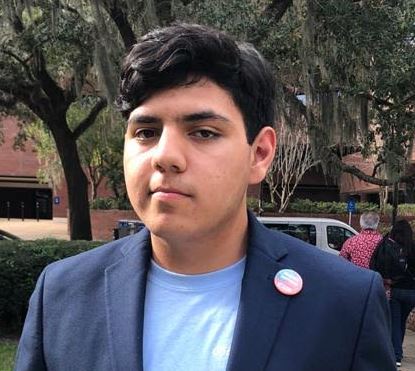


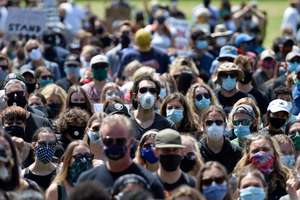
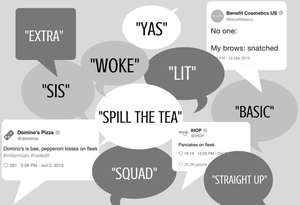
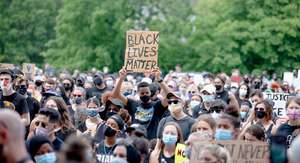

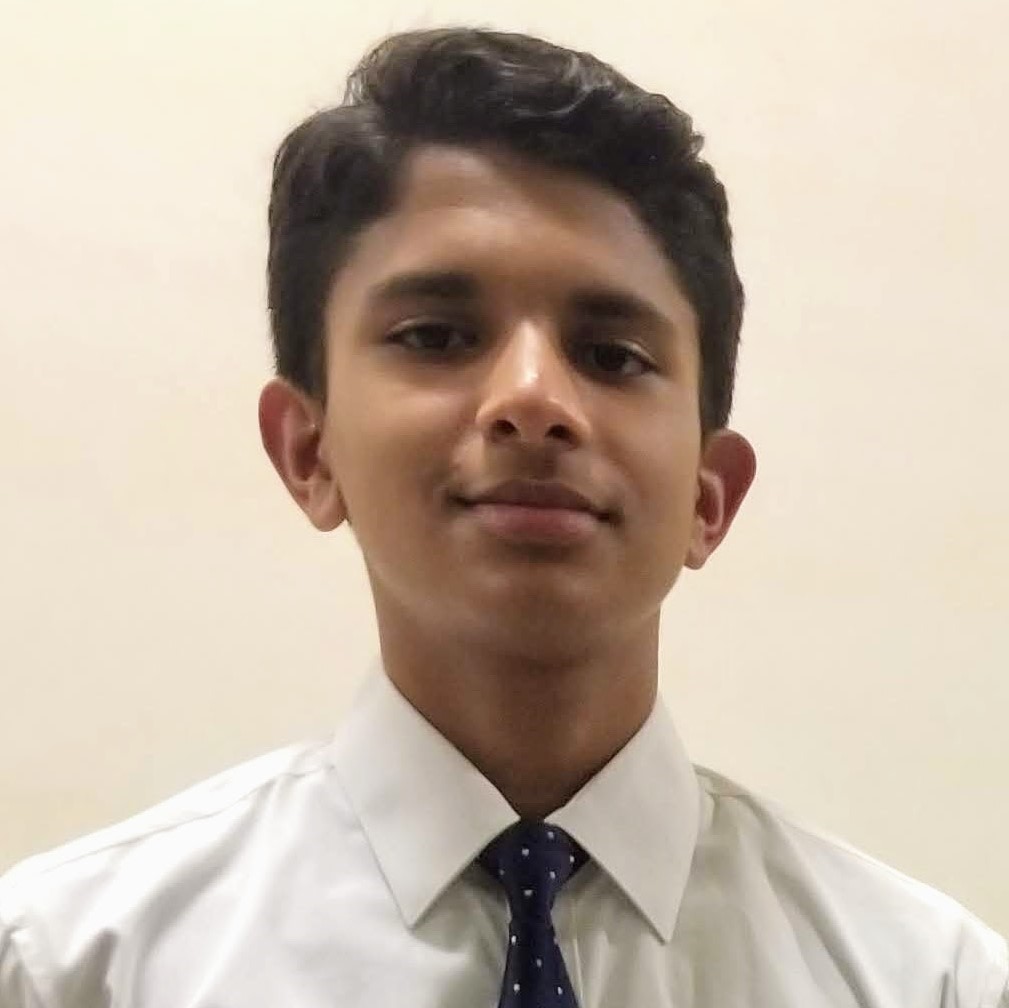
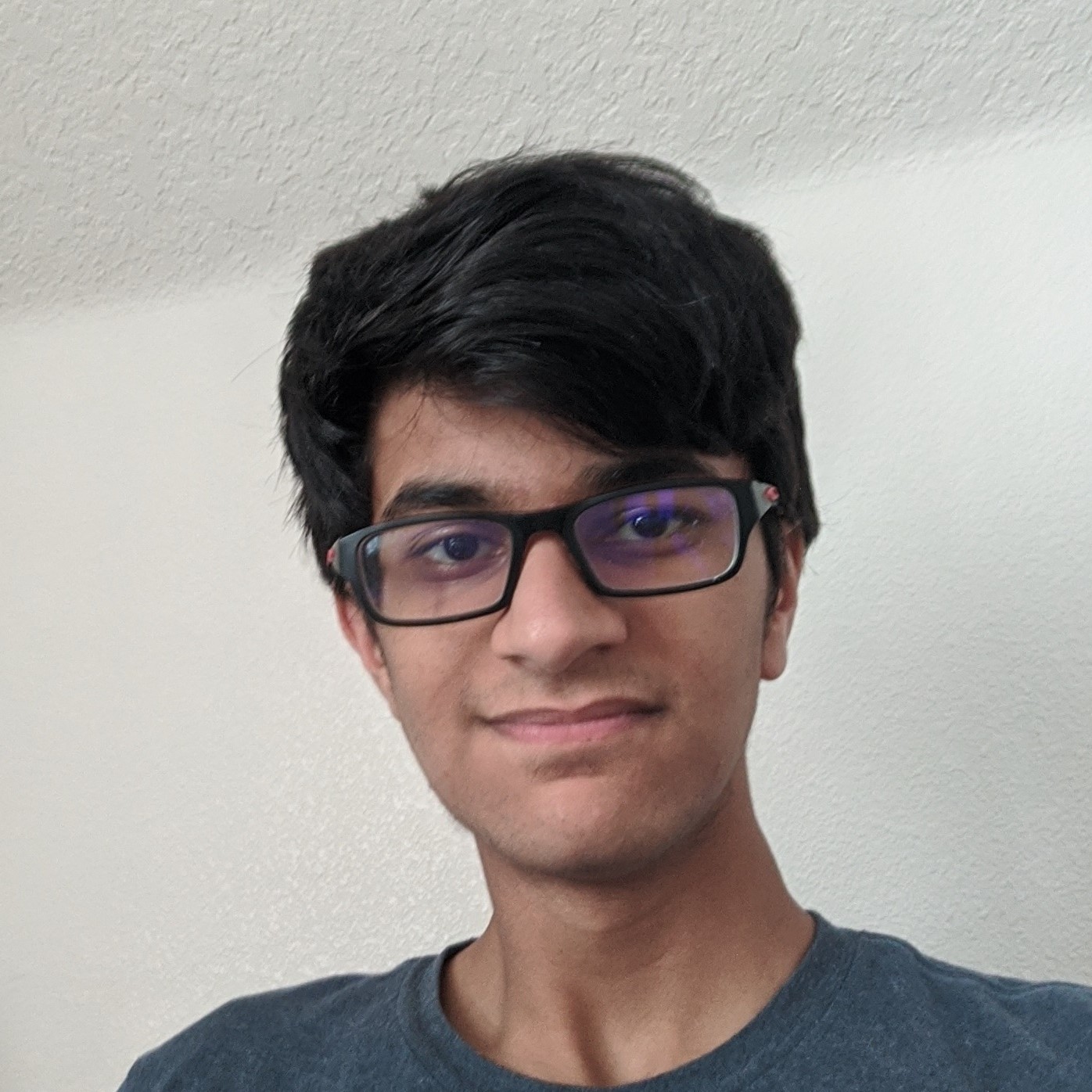




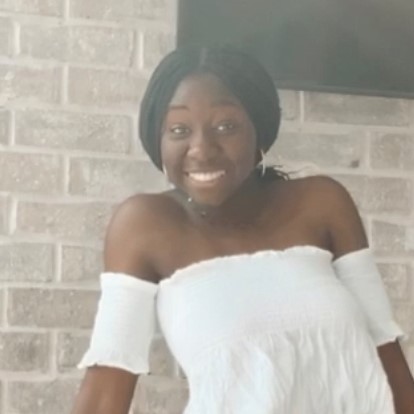



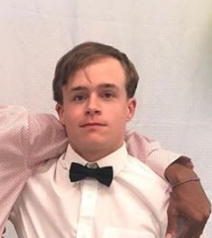



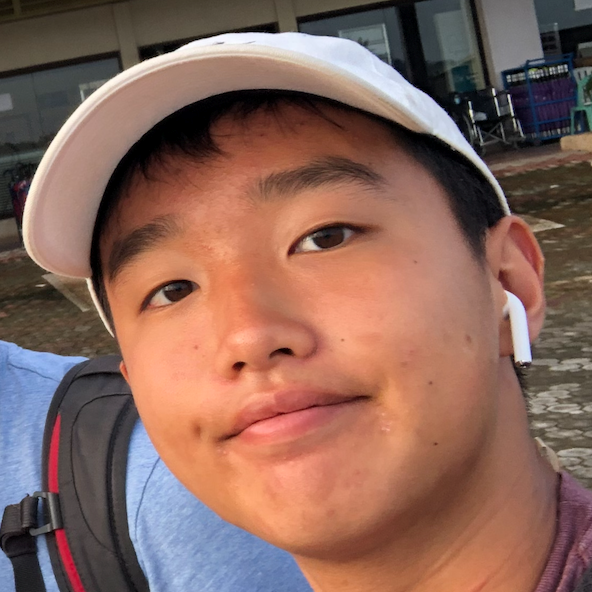

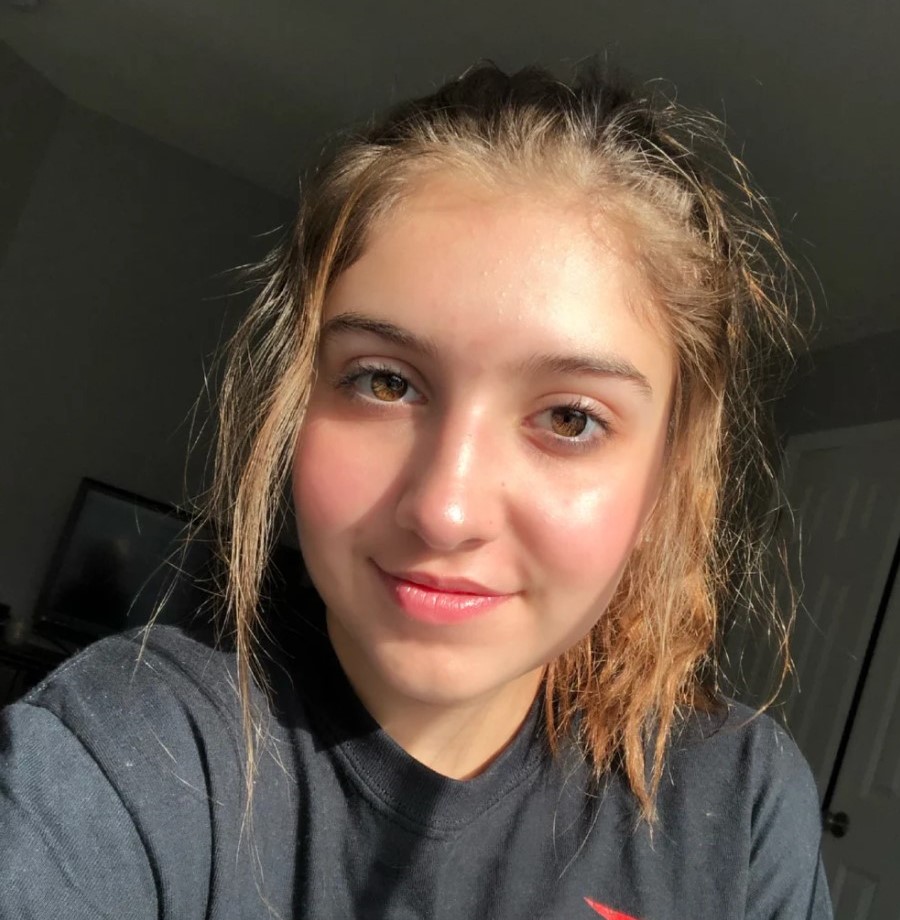

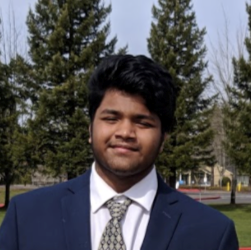
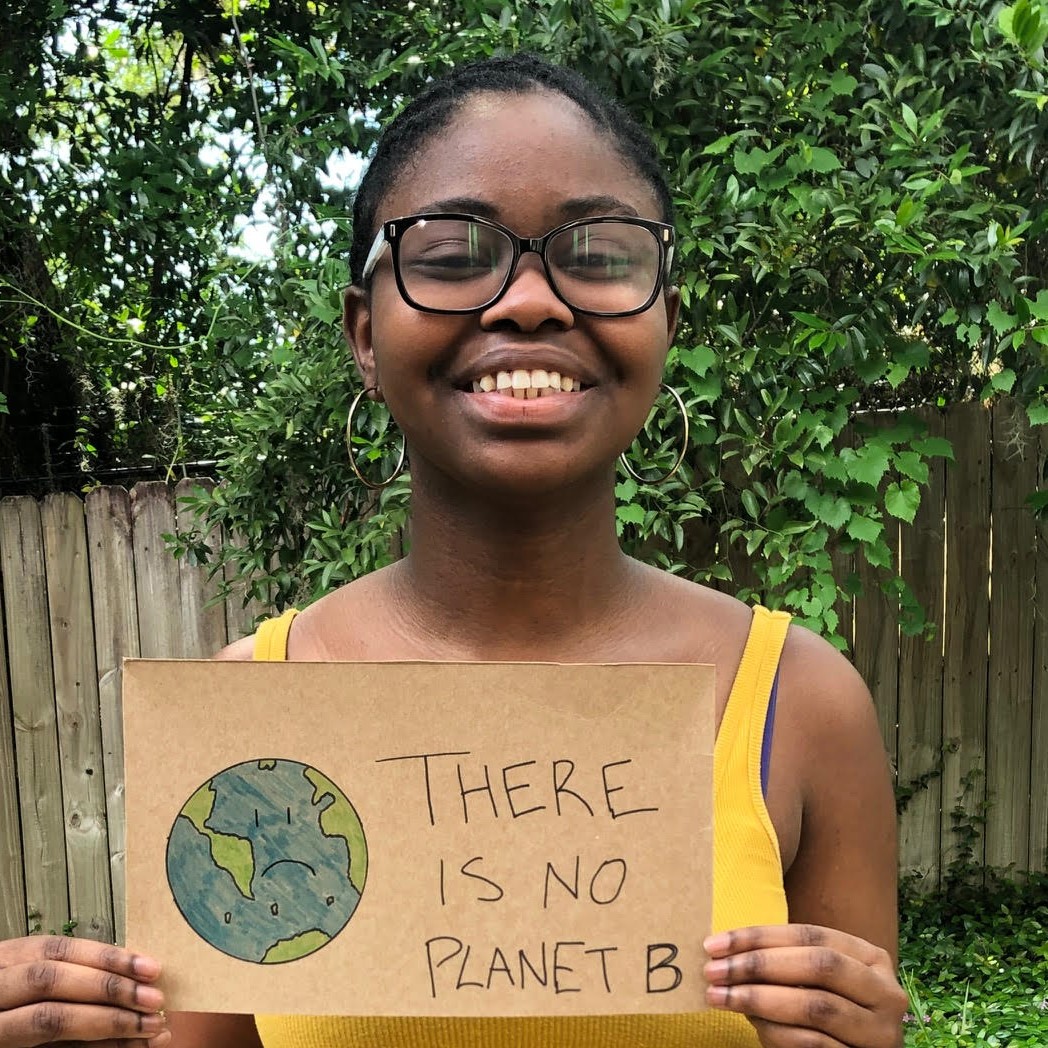
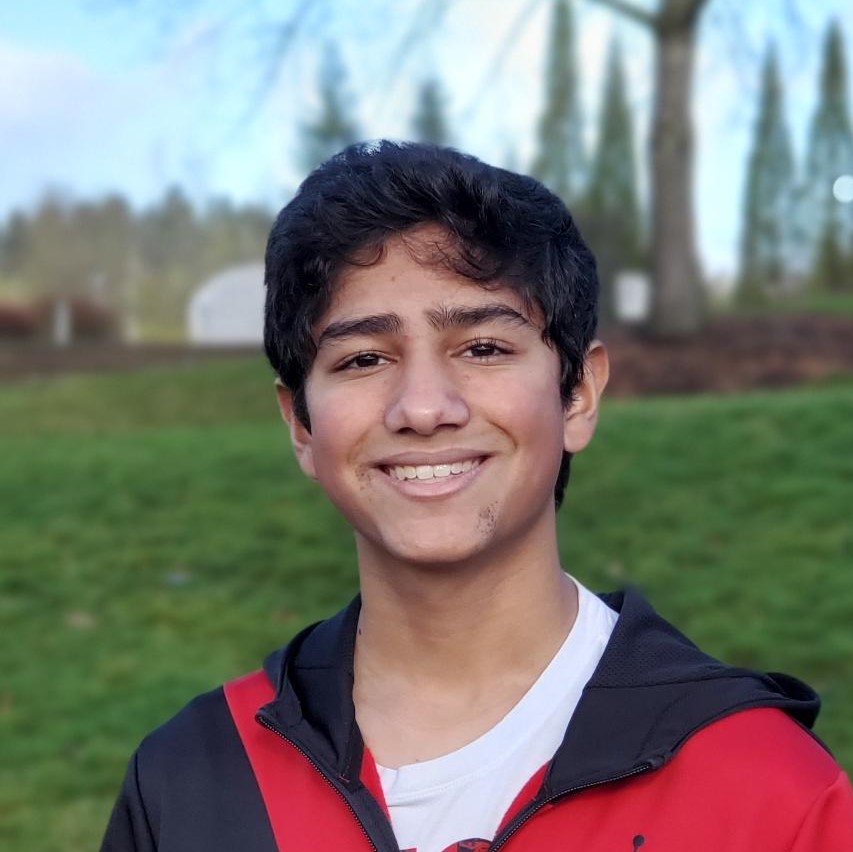

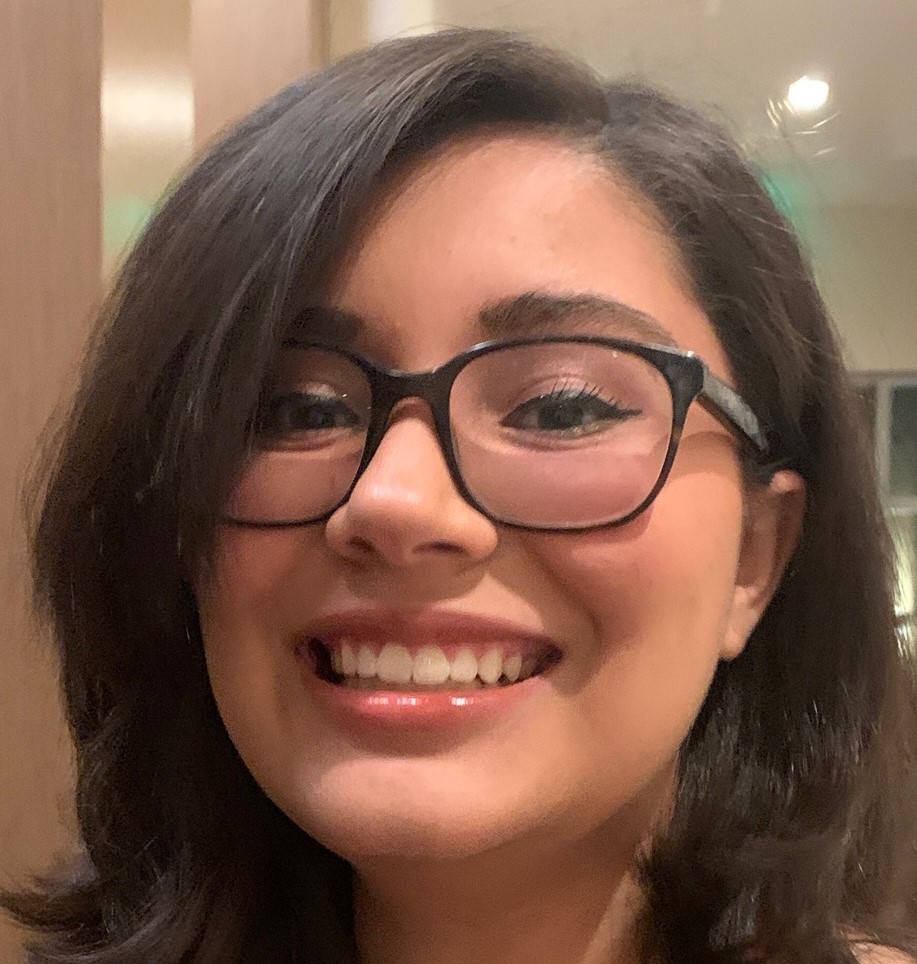
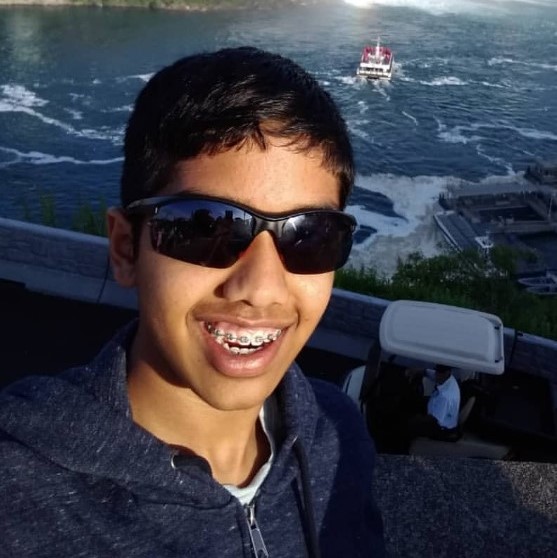

Comments